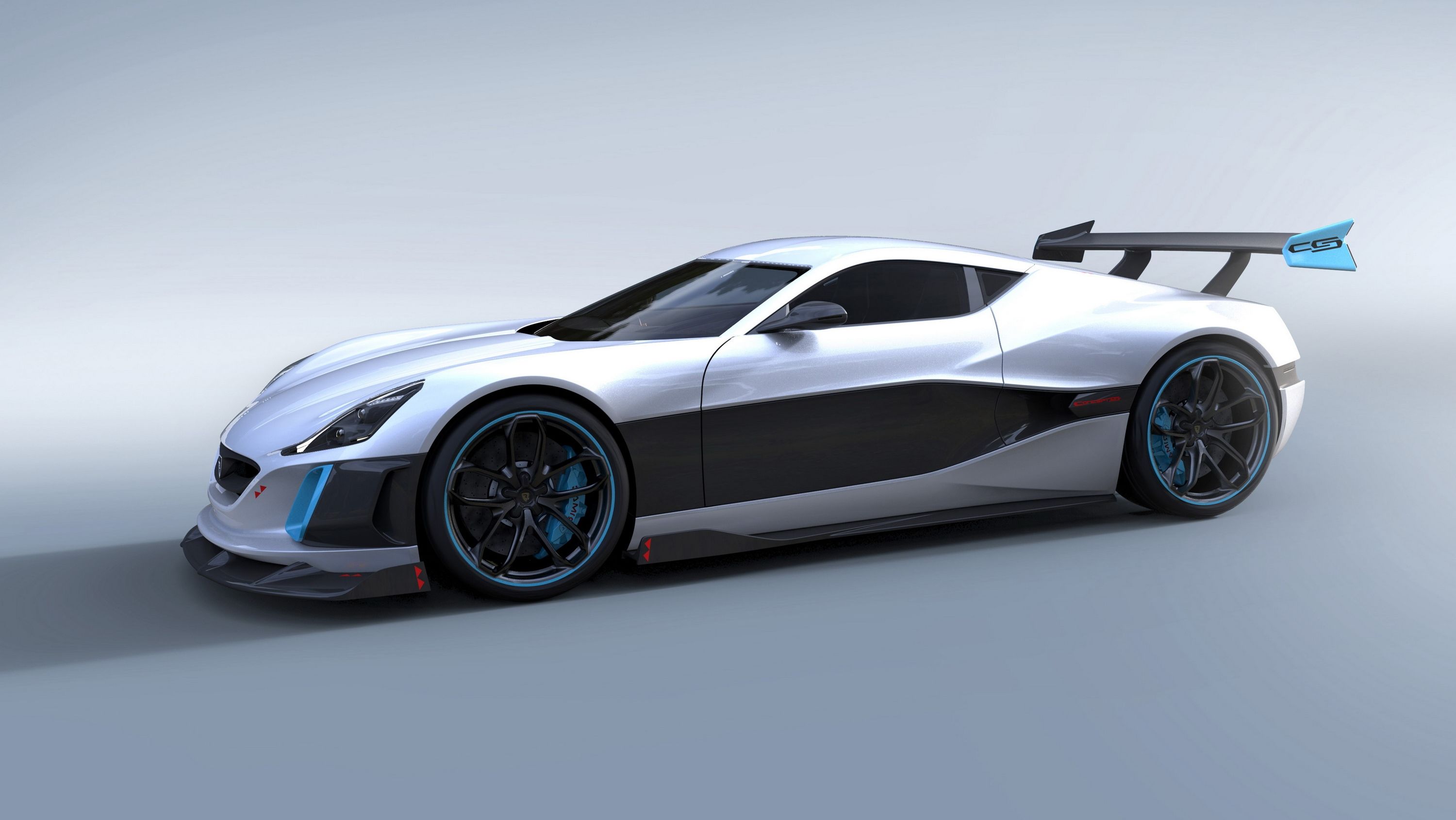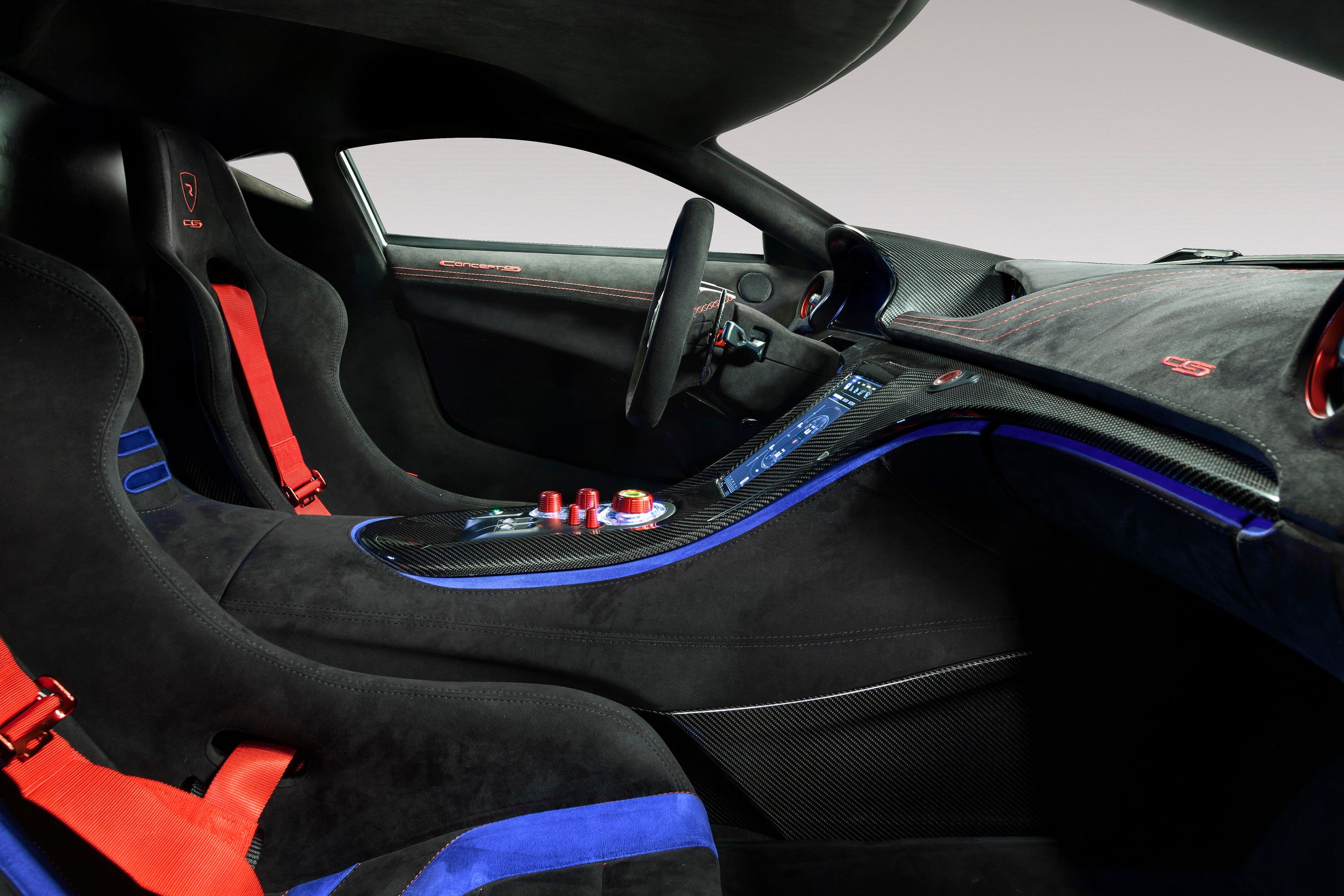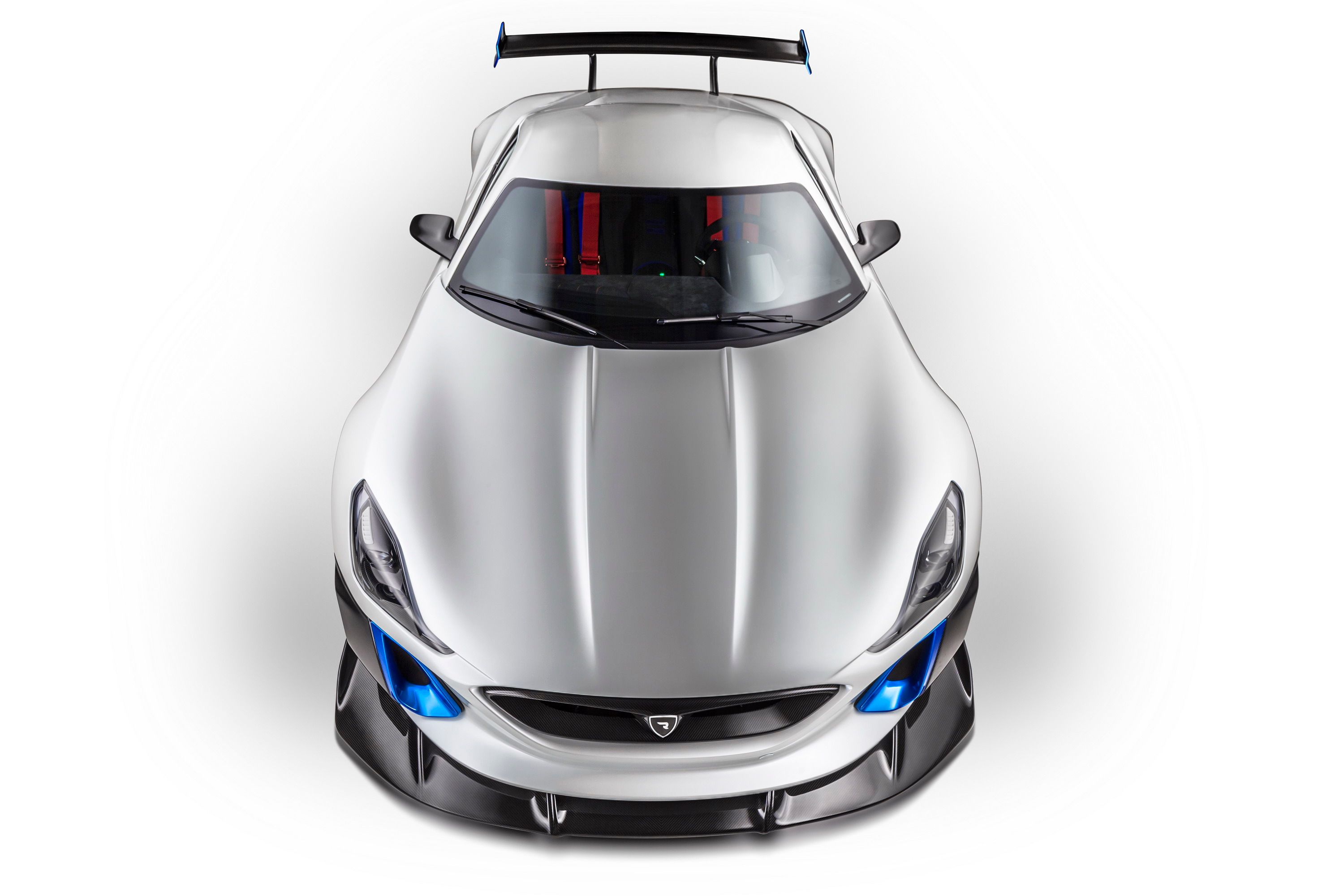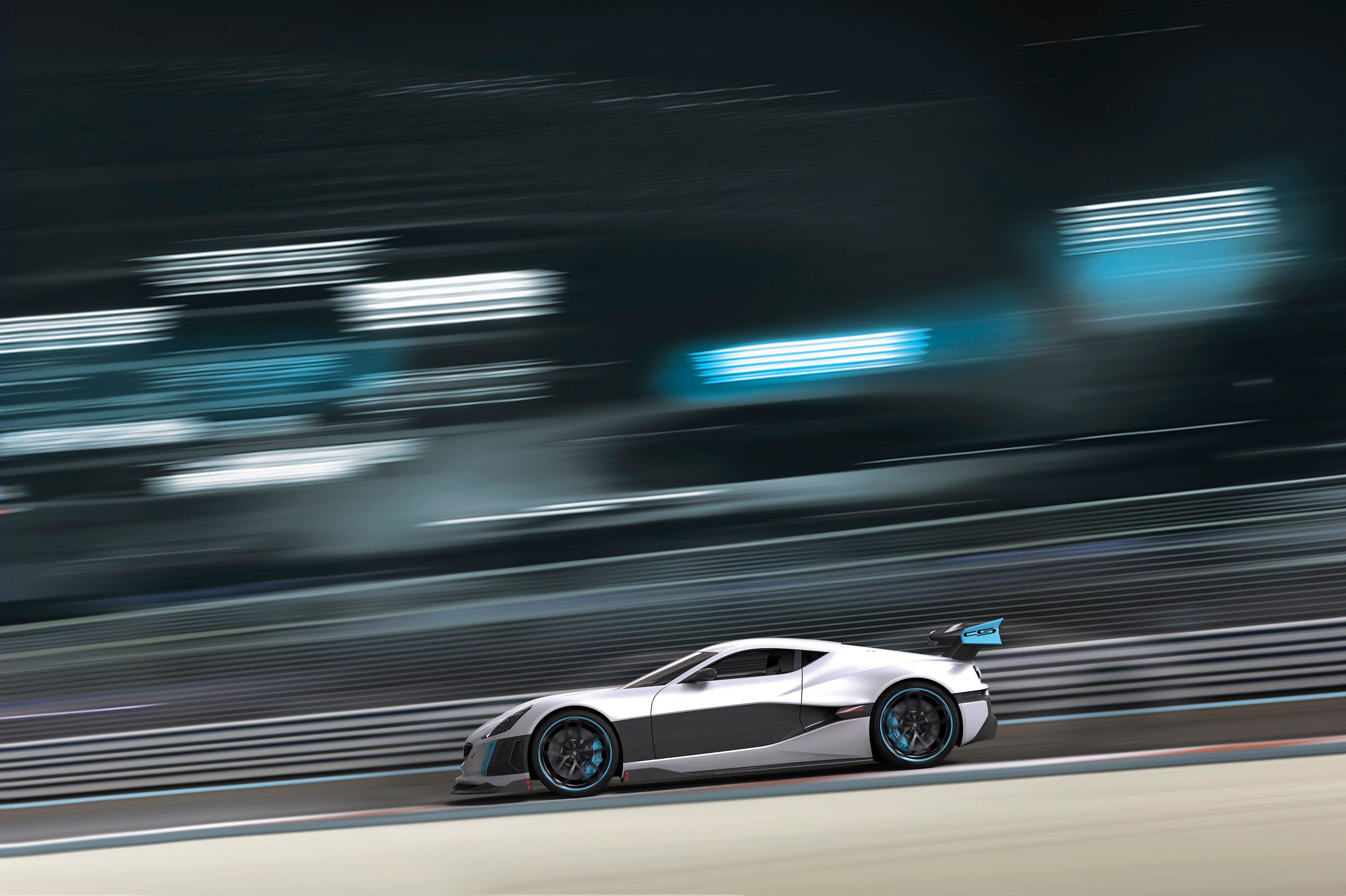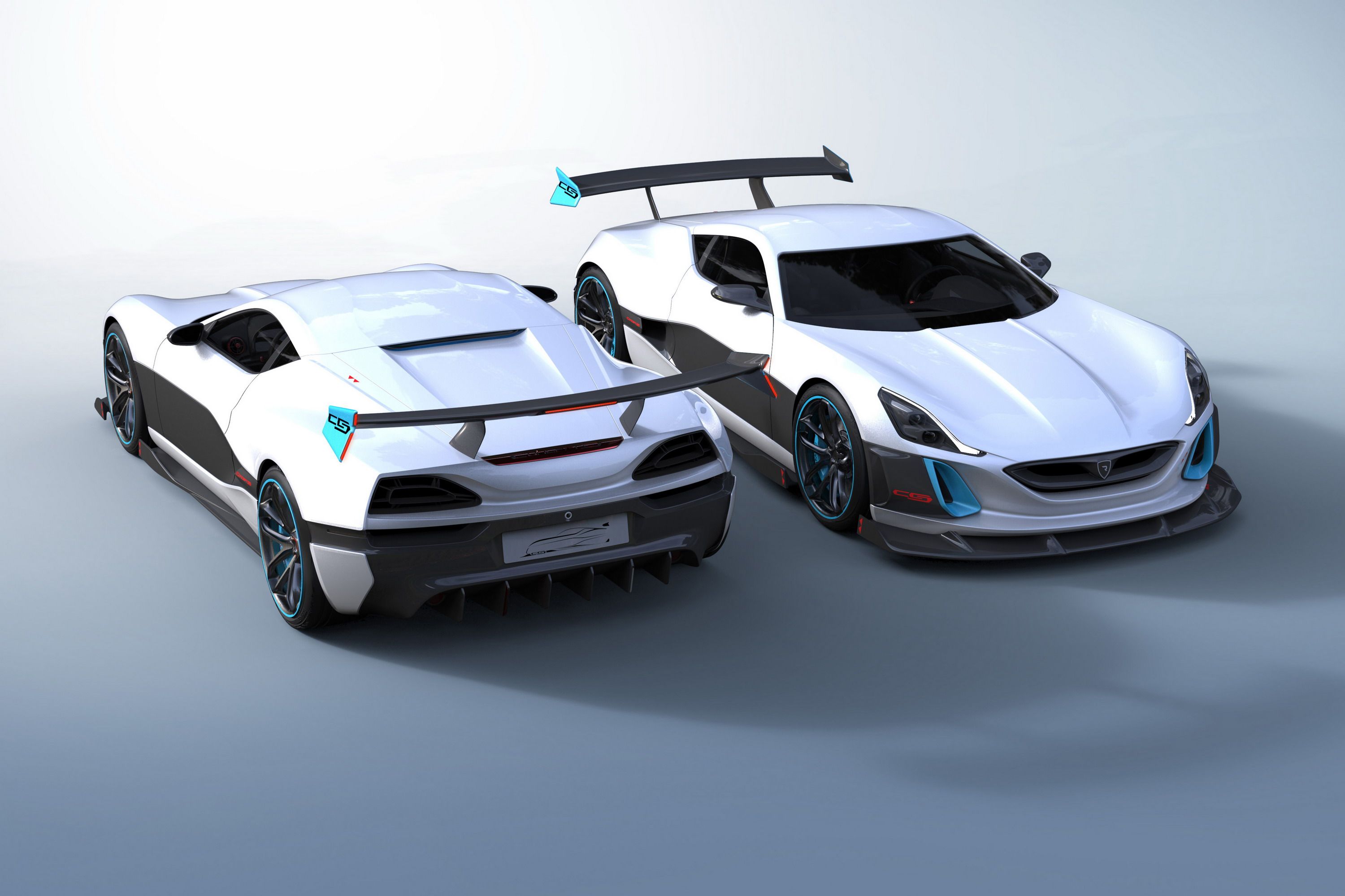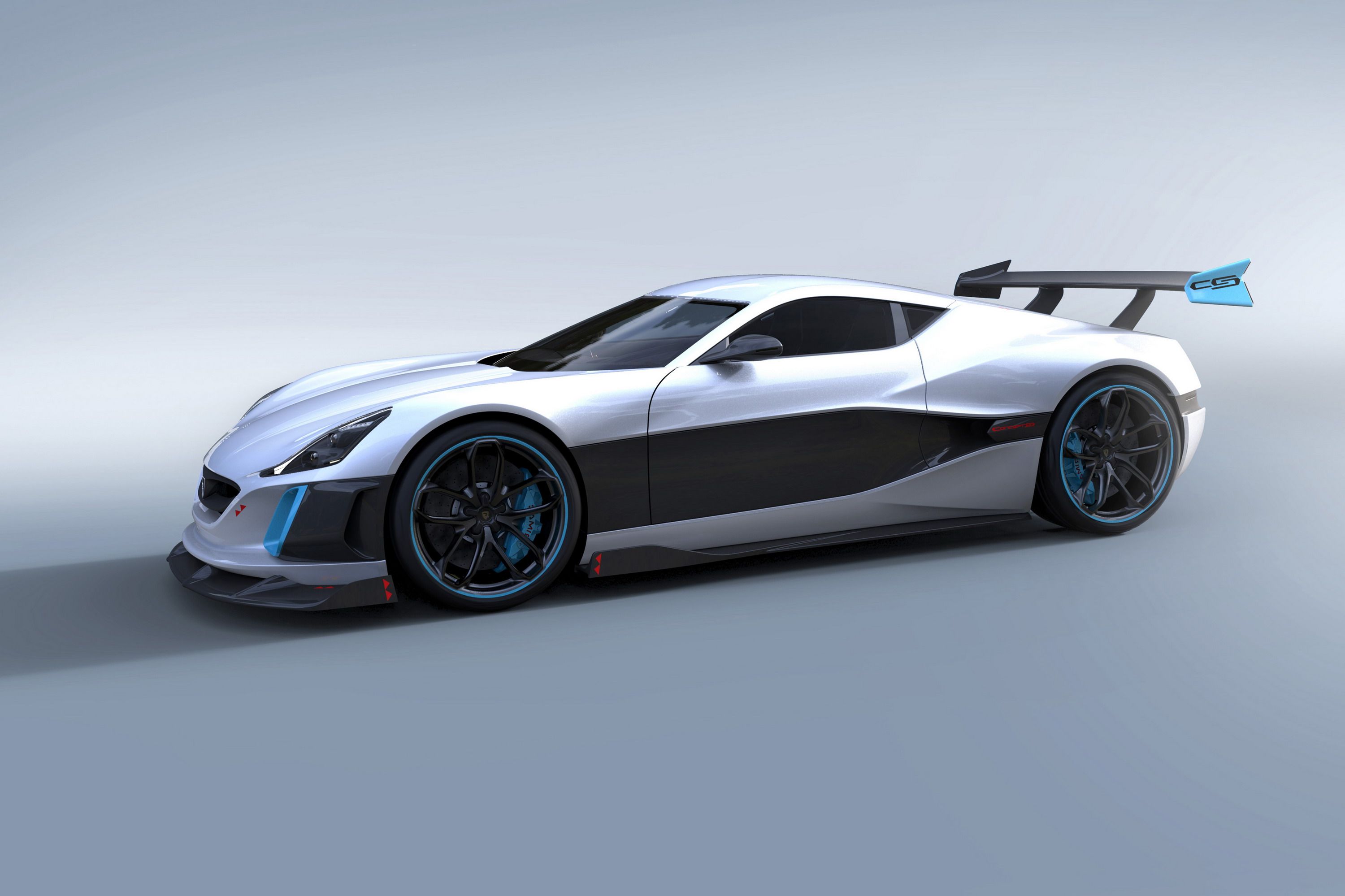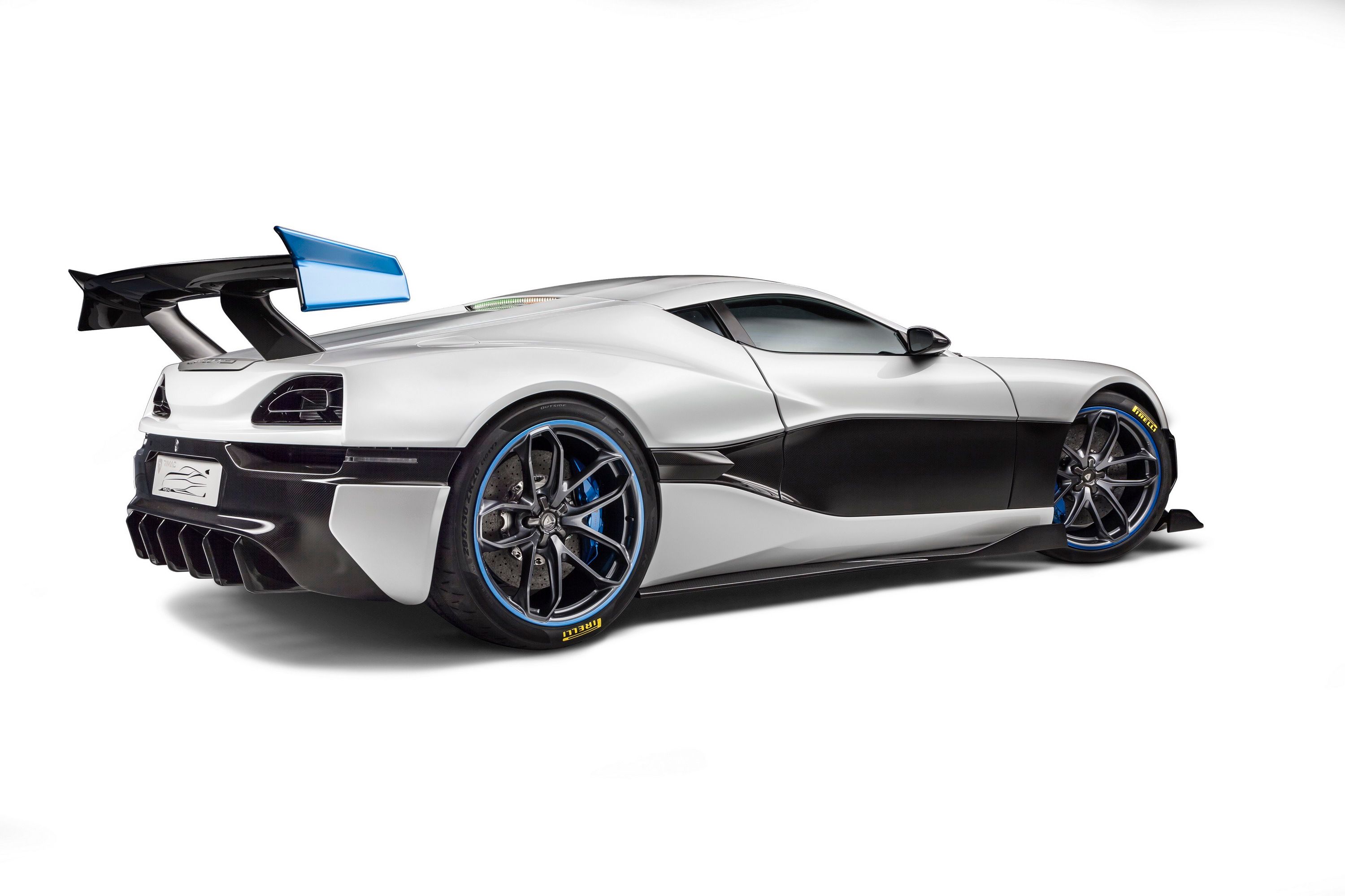Remember that all-electric->ke1030 supercar->ke177 known as the Rimac Concept One that debuted back in 2011? Well, Rimac->ke3928 came to Geneva this year, and it brought a new take on the Concept One, dubbing it the Concept S – the Concept One'->ke3929s “evil twin.” To put it simply, the car has better aerodynamic qualities, more horsepower, more torque, and less weight, along with Rimac’s All Wheel Torque Vectoring system.
According to Rimac, this evil twin has been “tailored to deliver the style and comfort of a GT car,” with improvements to the car being based on the experience learned from the Rimac e-Runner’s amazing performance at the Pikes Peak International Hill Climb->ke1001 race in 2015. Even the inside of the car, specifically the infotainment system has been revised to make this concept->ke169 the ultimate all-electric race car.->ke148
Founder and CEO of Rimac, Mate Rimac, said, “We wanted to use the experience and knowledge from the Pikes Peak and offer our customers a unique, racelike experience. The Concept_S pushes the levels of performance to the extremes. Focusing on performance, the set-up of the R-AWTV_S system has been adapted to give the driver the ability to use the maximum out of the tires and aerodynamics. Telemetry data is helping the driver to perform better, just like on GT-racecars.”
So let’s take a close look at Rimac’s new baby and see just what made it worth bringing to the Geneva Auto Show.
2016 Rimac Concept_S
- Make: Array
- Model: 2016 Rimac Concept_S
- Horsepower: 1384
- Torque: 1327
- [do not use] Vehicle Model: Array
Exterior
Looking at the exterior of the Concept S, you can clearly see the DNA from the Concept One, but this time, the car is more aggressive. Up front, that same grille in the front remains and is a functional cooling vent. To the sides, the two vents have been more refined and have baby blue inserts that give the front end a bit of accented livery. Down below, the Concept S has a beautiful front spoiler that also helps to apply a large amount of downforce to the front wheels. Downforce, by the way, is one of the main things that Rimac took into consideration when building this concept. With more than 1,000 horsepower, lots of downforce is needed to keep this monster from going airborne or losing traction. You probably recognize that hood too; it’s similar to the one on the Concept One, but that scoop in the center sits significantly higher. The headlights are also familiar, but it looks like the forward point has been shortened by about an inch or so.
To the sides, pretty aggressive side skirts with an up-swept wing behind the front wheels have been added. As we move closer to the rear, we see the same vents at the rear quarter as on the Concept One, but the wheel arches are much more refined, losing the sharp body line that runs over the top of the rear quarter in favor of a smoother approach. The white and grey finish that runs from the outside edge of the front vents on the fascia back to the rear is also a nice touch. There is just something about two-tone paint jobs that always looks good on vehicles like this.
Moving to the rear, the Concept S looks to have the same taillights as the Concept One, with LED lights outlining a vent in the center. Below the tail lights there are two smaller vents integrated into the rear fascia. Here we see more of the gray livery across the majority of the rear fascia. The rear diffuser has six fins that are functional and help to create and air pocket behind the vehicle to help with downforce in the rear. The most obvious addition to the Concept S is the rear spoiler that also helps with downforce on the rear axle. The blue accenting from the front vents and wheel lips has been applied to the sides of the spoiler, with a gray finish covering the inner fin and the mounting arms.
Airflow passes through this vehicle in an elaborate fashion to cool and provide downforce in just the right areas. In case you can’t tell from the paint job, the gray paint actually symbolizes the path the air takes as it passes through and over the body. Not a bad touch, if you ask me.
Interior
Despite all of the new material in the interior, it is actually quite similar to the interior we saw in the Concept One. This time, however, the interior looks to be almost completely covered in Alcantara. Panels that aren’t covered in Alcantara have a clear finish to expose the carbon fiber weaving. The inside is mainly black with some blue accents on the dash and around the center console. The seats also take a little bit of blue livery. The door trim panels, dashboard, steering wheel and parts of the seat are all stitched with red contrast stitching the matches the racing harness of both seats. It’s quite pleasurable to look at and probably pretty comfortable too.
The infotainment system was built in-house specifically for the Concept S. Rimac didn’t offer up the actual size of the touchscreen display, but it looks to be a 12-inch unit. The all-wheel torque vectoring system is controlled by physical buttons on the center console (made out of billet aluminum), but settings for the system, as well as brake force distribution, torque distribution, and other functions are all controlled by the touchscreen display.
More than 500 sensors supply information to the touch screen, where the data is stored and sent to a cloud through a 4G internet connection. Data from track routes can be analyzed during or after a race from the touchscreen or a mobile device.
Drivetrain
The experience gained from Pikes Peak last year allowed Rimac to refine and tune the AWTV system. The electric drive train now produces a total of 1,384 horsepower and 1,327 pound-feet of torque. The AWTV system calculates optimal torque distribution between each wheel and applies as needed. Each motor is controlled individually up to one hundred times a second. The same system also controls the electric ABS, traction control, and stability control. With one unit in charge of everything, the system can make near-immediate adjustments where it matters the most to provide the best torque and power distribution possible.
All told, the Concept S can hit the 62 mph sprint in just 2.5 seconds. A sprint to 124 mph comes in 5.6 seconds, and getting to 186 mph comes in a shockingly fast 13.1 seconds. Not bad for an all-electric drive train.
Conclusion
The Concept S does bring the world of supercars and electric cars together as the original Concept One did. In fact, with the increase of horsepower and torque, along with the more refined AWTV system, it really strengthens the connection between the two. On the other hand, I think Rimac could have been a little more creative with the body. Aside from different livery, some minor changes to the body, and some upgrades in the powertrain department, the Concept S is practically the same car as the Rimac Concept One.
I guess I have a little more appreciation for companies that go the extra mile to differentiate one model from the next. I would have liked to see different setups in the front and rear ends. Even the taillights and headlights are the same for the most part. I think it would have been better if Rimac designed the Concept S from the ground up instead of building on what it already had. Then again, I guess that really isn’t what the company was going for.

